Orbital Piercing: Types, Pain Scale, Healing, And Aftercare
Bedazzle your ear with this unique piercing and make heads turn!
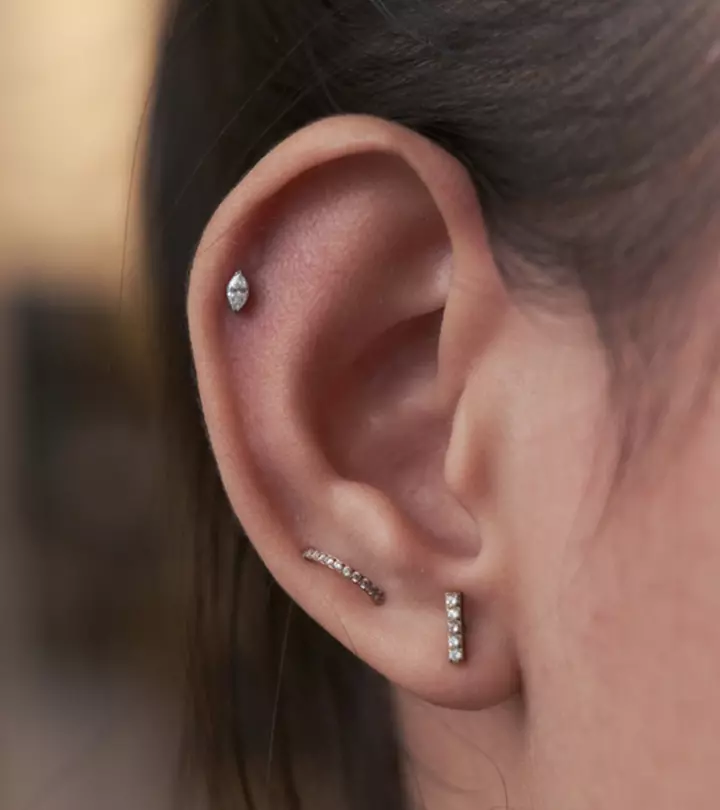
Image: Shutterstock
If your personal style leans more quirky than conventional, consider getting an orbital piercing. This distinctive piercing style involves two perforations connected by a single piece of jewelry, creating an orbit-like effect. This unique piercing offers a certain edge to your overall look. In this article, we delve into everything you need to know about an orbital piercing, providing insights into its various types, the pain level associated with it, along with essential tips for healing and aftercare. Let’s unravel the intricacies of orbital piercing for those seeking a unique and stylish body modification. Keep reading!
 Piercing Guide: Orbital Piercing
Piercing Guide: Orbital Piercing- Placement: Cartilage of the ear
- Best Jewelry: Bead ring or circular barbell
- Cost: $70 to $100
- Pain Level: Medium
- Healing Time: 3 to 12 months
In This Article
What Is An Orbital Piercing?
View this post on Instagram
Orbital piercing is a unique style of body piercing that involves placing a single piece of jewelry through two closely spaced holes in the cartilage of the ear. Unlike traditional ear piercings, such as conch piercing, which involves a single hole, orbital piercings create the appearance of a ring encircling a portion of the ear. This trendy and visually striking piercing is popular among those seeking a distinctive and stylish way to express their individuality through body modification.
Given that an orbital piercing involves two piercings connected by a single hoop, you may be wondering about its potential pain level. Let’s check out this aspect in the next section.
Key Takeaways
- Orbital piercing is a stylish cartilage piercing with a unique ring-like appearance.
- Several popular types of orbital piercings include helix orbital piercing, double orbital piercing, and standard lobe piercing.
- Use a captive bead ring or circular barbell initially and switch to preferred ringed jewelry after healing.
- Orbital piercing healing time ranges from 3 to 12 months depending on the piercing spot. Being patient, following professional advice, and avoiding irritants are crucial for optimal healing.
Do Orbital Piercings Hurt?
Yes, orbital piercings can be painful as they involve perforating the cartilage, lobe, or both twice for two piercing sites, unless you already have one completely healed piercing, which makes half of the orbital. Also, a reputable piercer can ensure you experience minimal pain during the process. The general pain tolerance might vary from person to person but expect discomfort during and after the procedure. On the pain scale, it would be an approximate 4-5/10. Proper aftercare is crucial to minimize pain and reduce the risk of complications. Consult with a professional piercer for advice tailored to your situation.
If the pain level seems okay for you, keep scrolling to find the different types of orbital piercing.
Types Of Orbital Piercing
Several variations of orbital piercings exist, and among them, here are a few of the most favored types:
1. Helix Orbital Piercing
View this post on Instagram
Helix piercings involve two separate perforations along the upper cartilage of the ear, creating an orbit-like effect. This piercing style enhances the helix region’s aesthetic appeal, allowing for unique jewelry placements and combinations.
2. Double Orbital Piercing
View this post on Instagram
A double orbital piercing involves two sets of orbital piercings, typically positioned on the ear’s cartilage. This symmetrical arrangement creates a balanced and stylish look, often adorned with matching or complementary jewelry for a striking visual impact.
3. Lobe Orbital Piercing
View this post on Instagram
Lobe orbital piercings involve a pair of perforations on the earlobe, creating a circular or orbital pattern. This unique placement on the lower part of the ear offers versatility in jewelry options, allowing individuals to experiment with various styles and combinations for a personalized look.
 Quick Tip
Quick TipWhat sets an orbital piercing apart is the multitude of placement options available on the ear. Check out these options in the following section.
Orbital Piercing Placement
The placement of an orbital piercing can vary. Here are some common orbital piercing variations and their placements:
- Conch To Flat: This entails piercing the broader flat part above the hollow of the ear and the conch, or the wide inner curve of the ear.
- Helix To Helix: The double helix piercing as the name suggests is done on the helix, the outer rim of the ear, featuring a prominent curve. This piercing variation involves placing one piercing on the upper part of the helix and another on the opposite side.
- Large Tragus: The small, protruding cartilage in front of the ear canal. In this case, the piercing is done on a larger section of the tragus.
- Helix To Rook: This piercing involves the helix, which, as mentioned before, is the outer rim of the ear, and the rook, which is located in the inner part of the upper ear, above the tragus.
- Tragus To Conch: This placement entails the tragus, which is the small cartilage in front of the ear canal and the conch is the central, cup-shaped area of the ear.
Curious about the type of jewelry used for an orbital piercing? Continue scrolling to discover the answer.
Orbital Piercing Jewelry
An orbital piercing uses a ring to connect two piercings, limiting jewelry choices to rings. Here are some options you can consider.
- Choose a captive bead ring or circular barbell for the initial piercing to minimize complications.
- Avoid clickers or ball closure rings during the piercing process as they may close around the piercing holes.
- After the healing period, feel free to select any ringed jewelry of your preference.
- Ensure the jewelry is properly fitted by a reputable piercer when downsizing from the initial piercing.
 Quick Tip
Quick TipIn the upcoming section, discover the duration it takes for an orbital piercing to heal.
Orbital Piercing Healing Time
The healing time for an orbital piercing varies but typically ranges from 3 to 12 months depending on the location of the piercing. Individual healing processes can vary, so patience is key. Adhering to professional advice and avoiding irritants contribute to optimal healing. Monitor the piercing’s progress and consult with an experienced piercer if any concerns arise during the recovery time.
Following the recommended aftercare procedures is essential for ensuring that an orbital piercing heals fully and no potential infection occurs. Check out the section below to know more.
Orbital Piercing Aftercare
Proper aftercare is crucial for healing and maintaining the health of an orbital piercing. Here are some general guidelines for orbital piercing aftercare (1):
- Clean the piercing site twice daily with a sterile saline solution with 0.09% sodium chloride to remove crusts.
- Spray the piercing with saline solution twice daily.
- Avoid touching or rotating the jewelry.
- Keep hair away from the piercing.
- Use a clean pillowcase and avoid sleeping on the pierced ear.
- Avoid makeup and harsh skin care products near the piercing.
- Avoid swimming in pools, hot tubs, and even natural water bodies to prevent bacterial contamination.
- Avoid using headphones on the pierced ear.
- Be cautious when brushing hair to prevent snagging.
- Apply chamomile tea bags on the piercing for a comforting healing experience. Chamomile’s calming and anti-inflammatory properties can soothe the area and support recovery, providing a sense of comfort and relief (2).
- Seek professional advice for any signs of infection or unusual discomfort.
An integral aspect of the healing process is cleaning your piercing. Check out the basic steps to understand how to clean your piercing quickly.
How Do You Clean An Orbital Piercing?
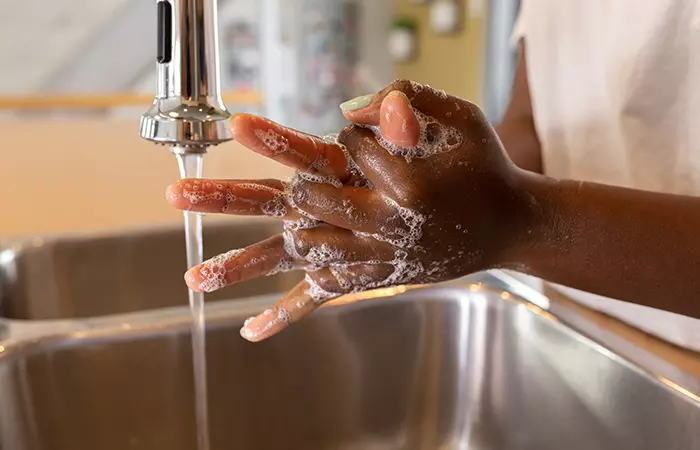
Cleaning an orbital piercing is essential to prevent infection and promote proper healing. Here is a step-by-step guide on how to clean an orbital piercing:
What You Need
- Sterile saline solution spray from a reputed brand
- A cotton swab or sterile gauze
What To Do
- Wash your hands thoroughly with soap and water.
- Spray the front and back of the pierced site with the sterile saline solution.
- Gently clean the area around the orbital piercing with a cotton swab or sterile gauze to remove any crustiness.
- Pat the area dry with a clean, disposable paper towel.
Note:
Avoid using alcohol or hydrogen peroxide, as they may be too harsh for healing piercings. Perform this cleaning routine twice a day or as recommended by your piercer.
Wondering if conch and orbital piercings are alike? In the next part, we will explain to you how they differ, highlighting what makes each one unique in expressing your style.
Orbital Piercing Vs. Conch Piercing
As mentioned earlier, an orbital piercing involves two points of entry and exit connected by a single piece of jewelry, a Conch Piercing is a singular perforation in the prominent, central cartilage of the ear. Positioned in the conch’s broad, cup-shaped area, a conch piercing can be adorned with various jewelry styles. Unlike the dual points of an orbital, a conch piercing is a type of ear piercing, which is often appreciated for its versatility and the opportunity for unique jewelry placements within the ear’s intricate anatomy. Both piercings offer distinct aesthetic choices, catering to individual preferences and style expressions.
Marina Saburova, a YouTuber, shared her recent experience of getting a conch orbital piercing. In the video, she said, “My ear was pretty traumatized from that whole situation so it hurt pretty pretty bad for like a solid week after that. My ear ended up being pretty bruised from the whole situation, it was very swollen. After a week it went away and it feels fine now (i).” Despite initial discomfort and a small issue with jewelry size, she expressed satisfaction with the outcome and detailed the healing process for various piercings.
In the realm of body modification, the orbital piercing emerges as a captivating way of expressing yourself and your personal style. This unique piercing, characterized by a ring connecting two closely spaced piercings, creates a mesmerizing orbit-like effect. Although this piercing is visually striking, it causes some discomfort and has a healing period of 3 to 12 months. Proper care, including proper cleaning and lifestyle adjustments, is crucial for a successful and pain-minimized healing process. So, it’s time you embraced the distinctive beauty of orbital piercings and used it for your personal adornment.
Frequently Asked Questions
Can I change the jewelry in my orbital piercing during the healing process?
If you’ve been wondering, “When can I change my jewelry?”, especially an orbital piercing, here’s what you need to know. Avoid changing it during the healing process, as it can disrupt the healing and increase the risk of infection. Wait until the piercing is fully healed before changing jewelry, and consult with a professional piercer for guidance.
What are the potential risks and complications of orbital piercings?
Potential risks of orbital piercings include infection, prolonged healing, and migration of the jewelry. Improper aftercare or using low-quality jewelry may contribute to complications, emphasizing the importance of professional piercing and attentive care.
How much does an orbital piercing cost?
The cost of an earlobe orbital piercing varies depending on the location, piercing studio, and choice of jewelry, ranging from $70 to $100 or more. Additional fees may apply for higher-quality jewelry.
Which body parts can be pierced with an orbital piercing?
Since orbital piercing involves two piercings connected by a single piece of jewelry, a common location apart from the ears is the eyebrow (connecting two points on the brow ridge).
Can I remove an orbital piercing if I no longer want it?
Yes, you can remove an orbital piercing if you no longer want it. Gently unscrew the jewelry, and ensure the area is clean to promote healing; consult with a piercing professional if you encounter any difficulties or for guidance on aftercare.
Unveil the step-by-step orbital piercing procedure and explore the aesthetics of this unique piercing. Ready to elevate your piercing game? Watch now and discover the artistry behind orbital piercings!
Personal Experience: Source
StyleCraze's articles are interwoven with authentic personal narratives that provide depth and resonance to our content. Below are the sources of the personal accounts referenced in this article.
(i) Conch Piercing Experience (Hoop) | My Curated Earhttps://www.youtube.com/watch?v=KIPgn_00xq0
References
Articles on StyleCraze are backed by verified information from peer-reviewed and academic research papers, reputed organizations, research institutions, and medical associations to ensure accuracy and relevance. Read our editorial policy to learn more.
- Suggested Aftercare Guidelines For Body Piercings
https://safepiercing.org/wp-content/uploads/2020/04/APP_Body-Aftercare_2023.pdf - Chamomile an anti-inflammatory agent inhibits inducible nitric oxide synthase expression by blocking RelA/p65 activity
https://pmc.ncbi.nlm.nih.gov/articles/PMC2982259/
Read full bio of Rhys Ison
Read full bio of Pahul Nanra
Read full bio of Asmita De
Read full bio of Shreya Mukherjee






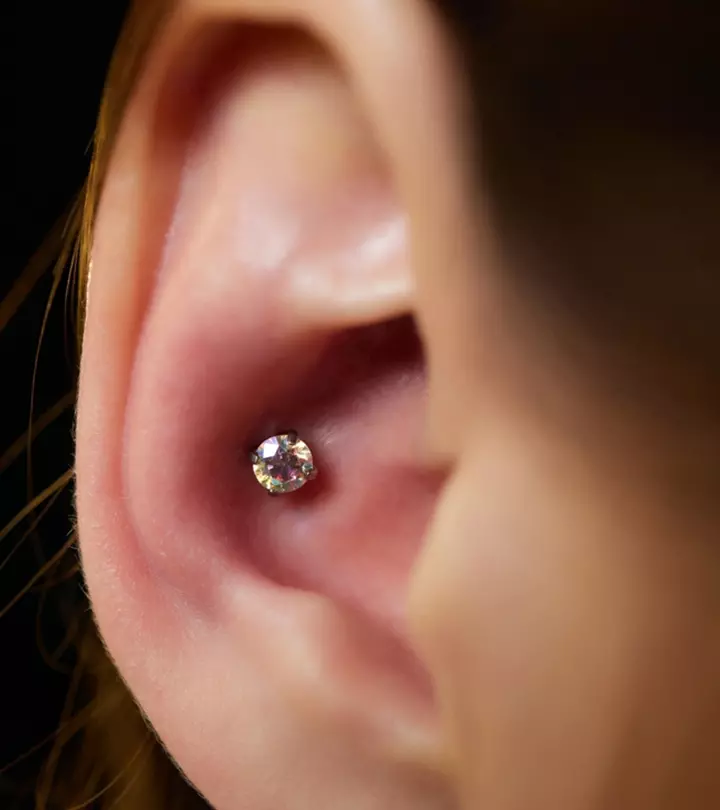
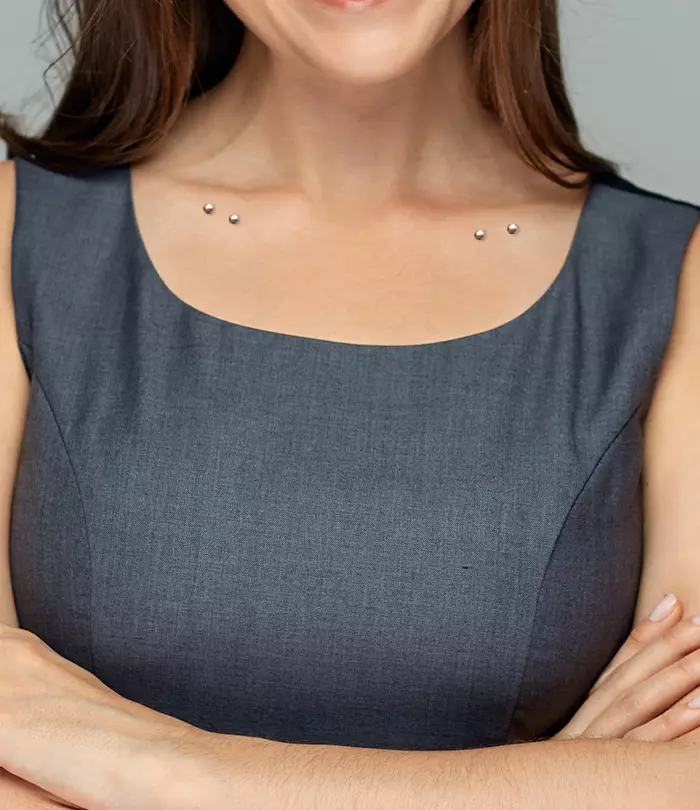
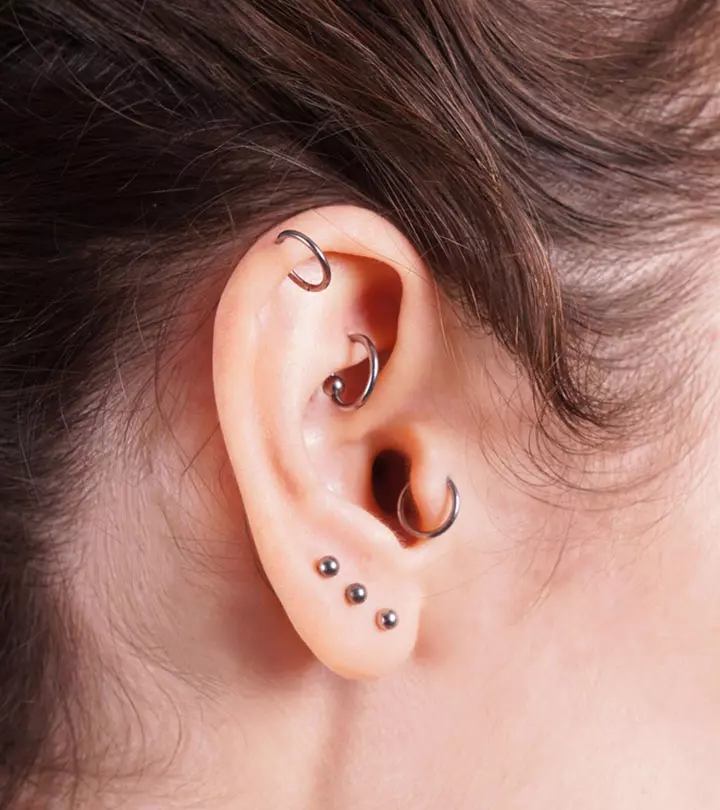
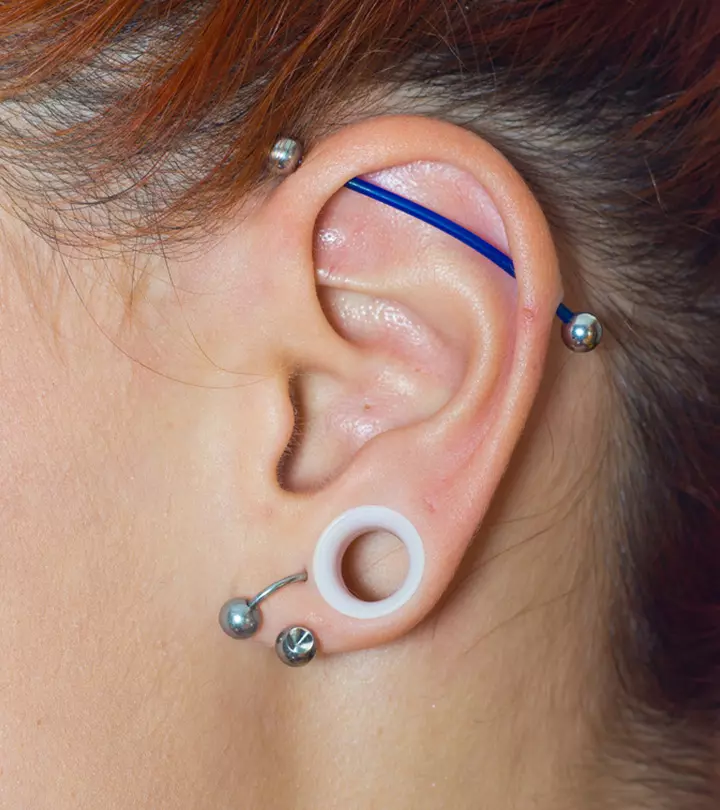
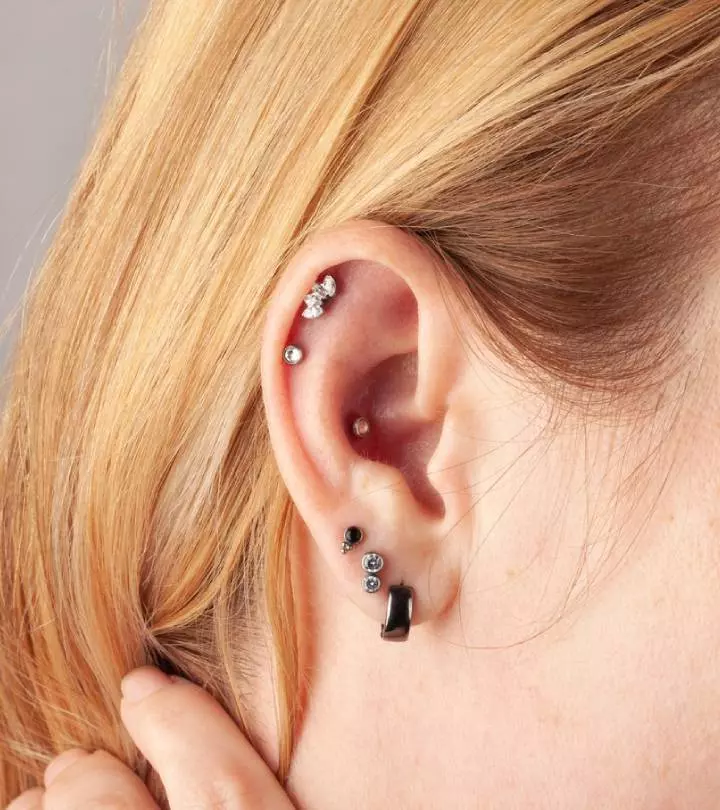
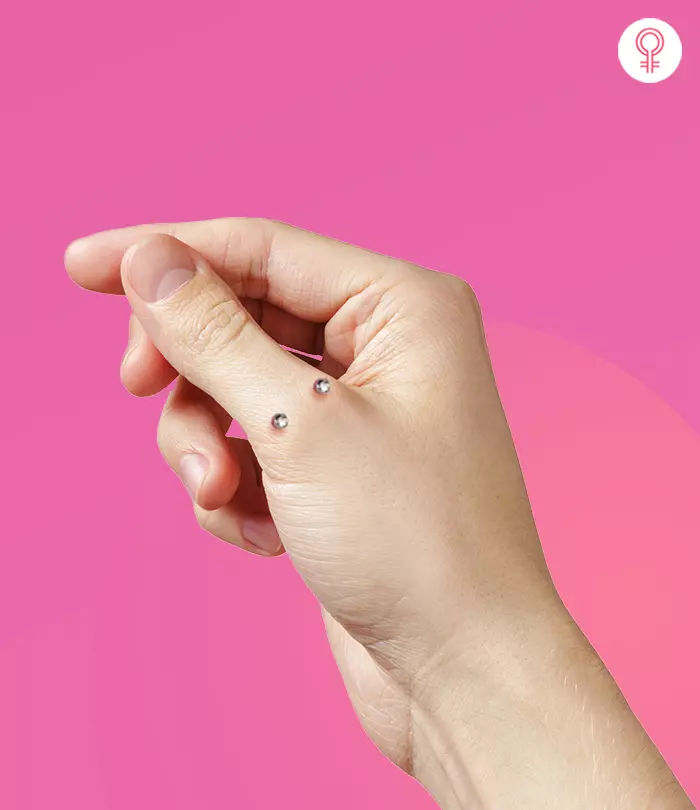
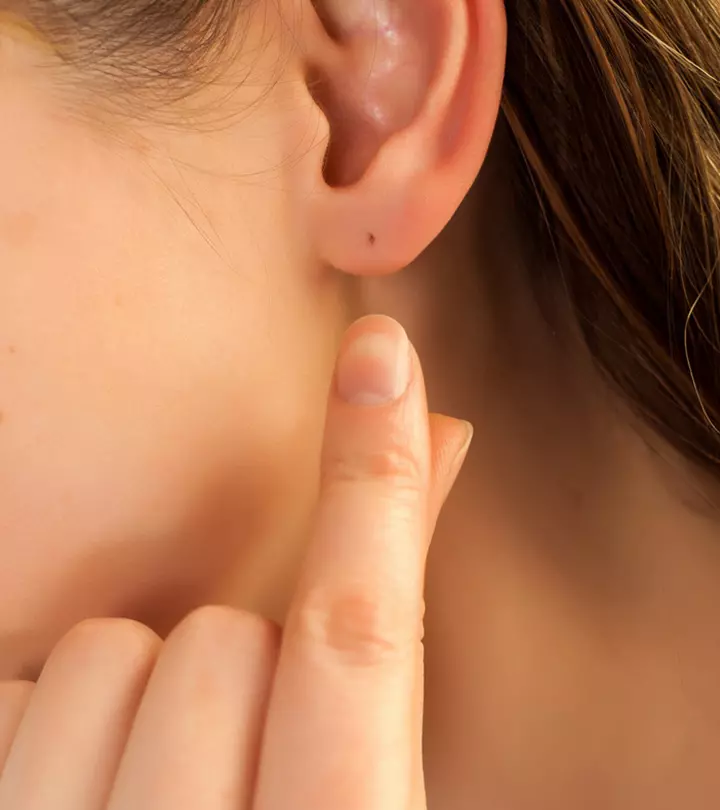
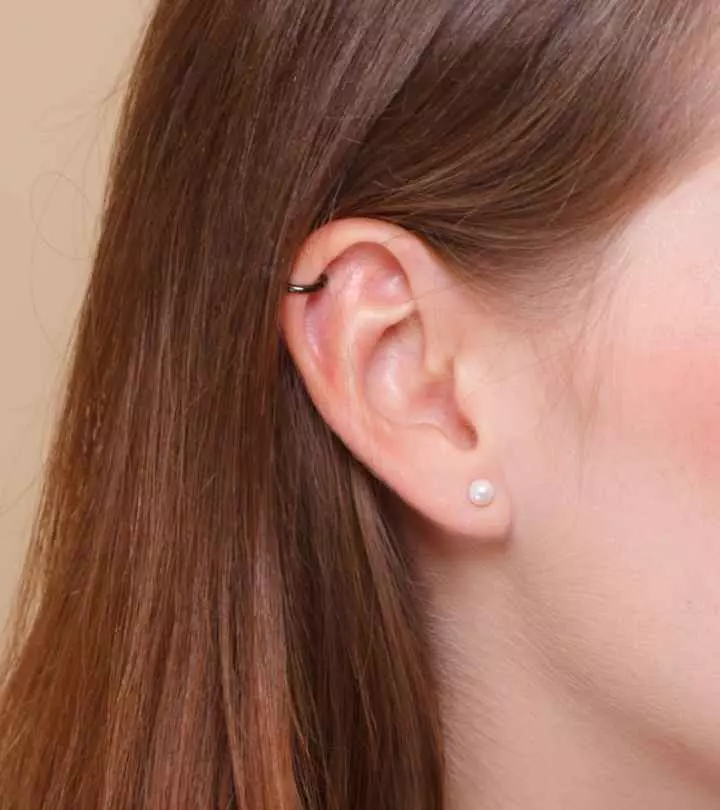
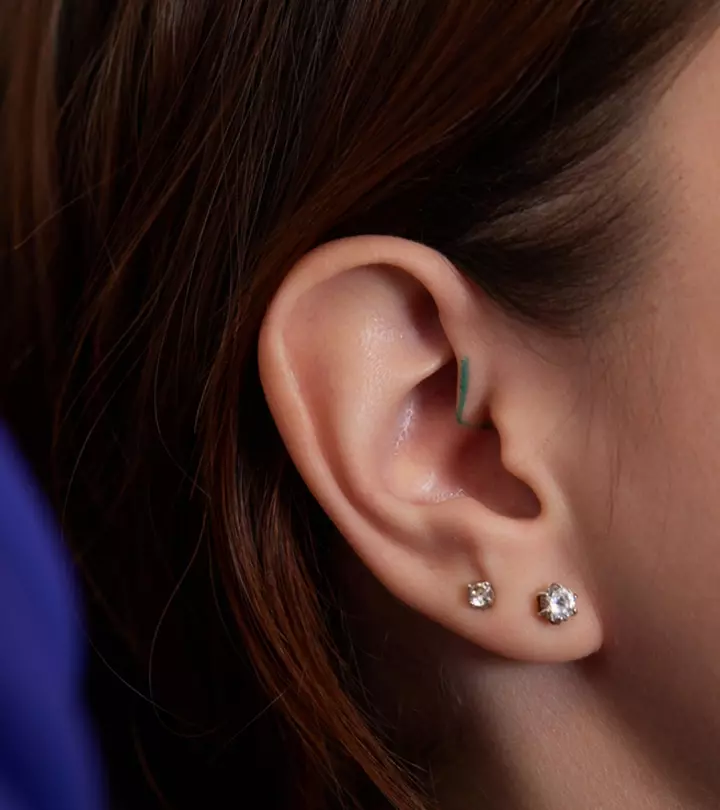
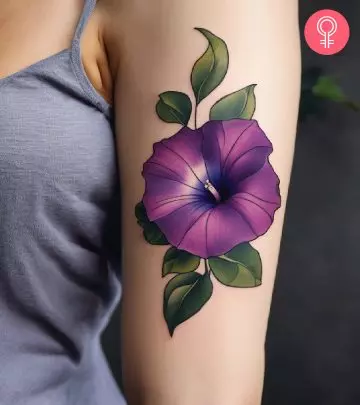
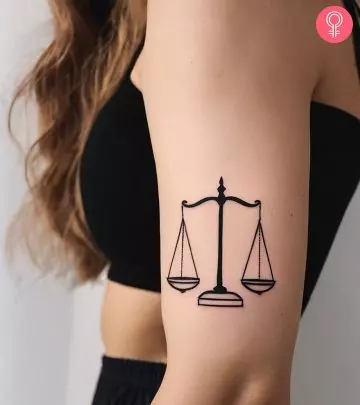
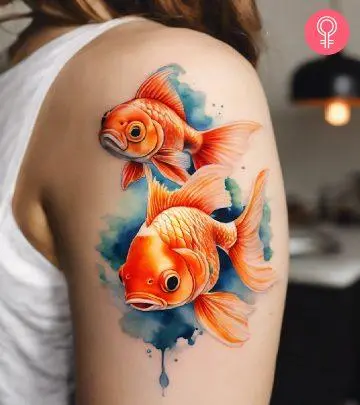

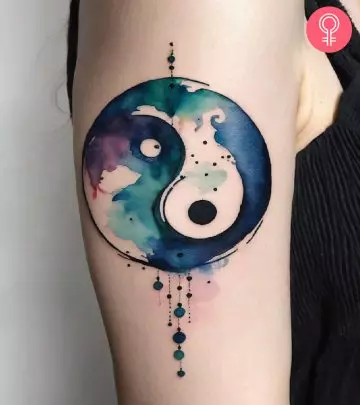
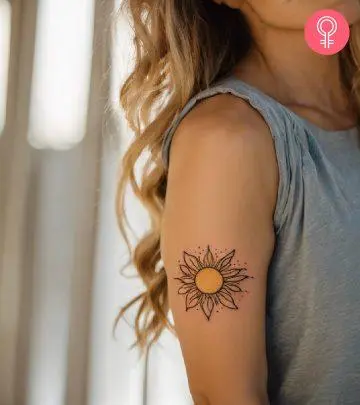
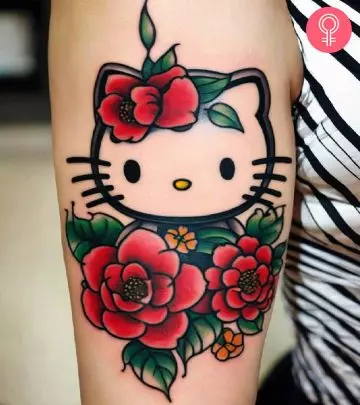
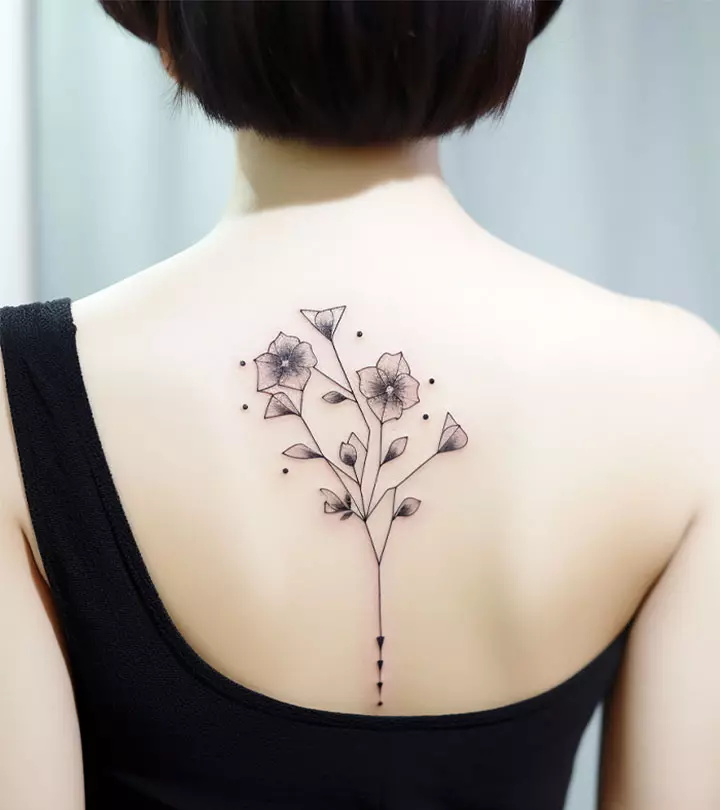

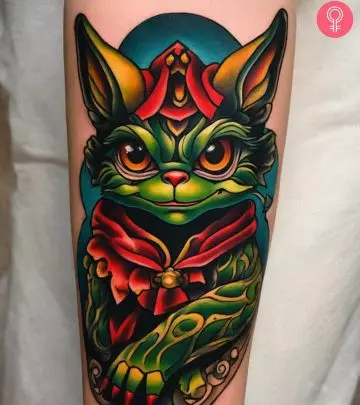

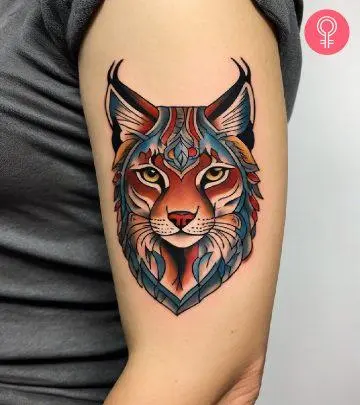
Community Experiences
Join the conversation and become a part of our empowering community! Share your stories, experiences, and insights to connect with other beauty, lifestyle, and health enthusiasts.